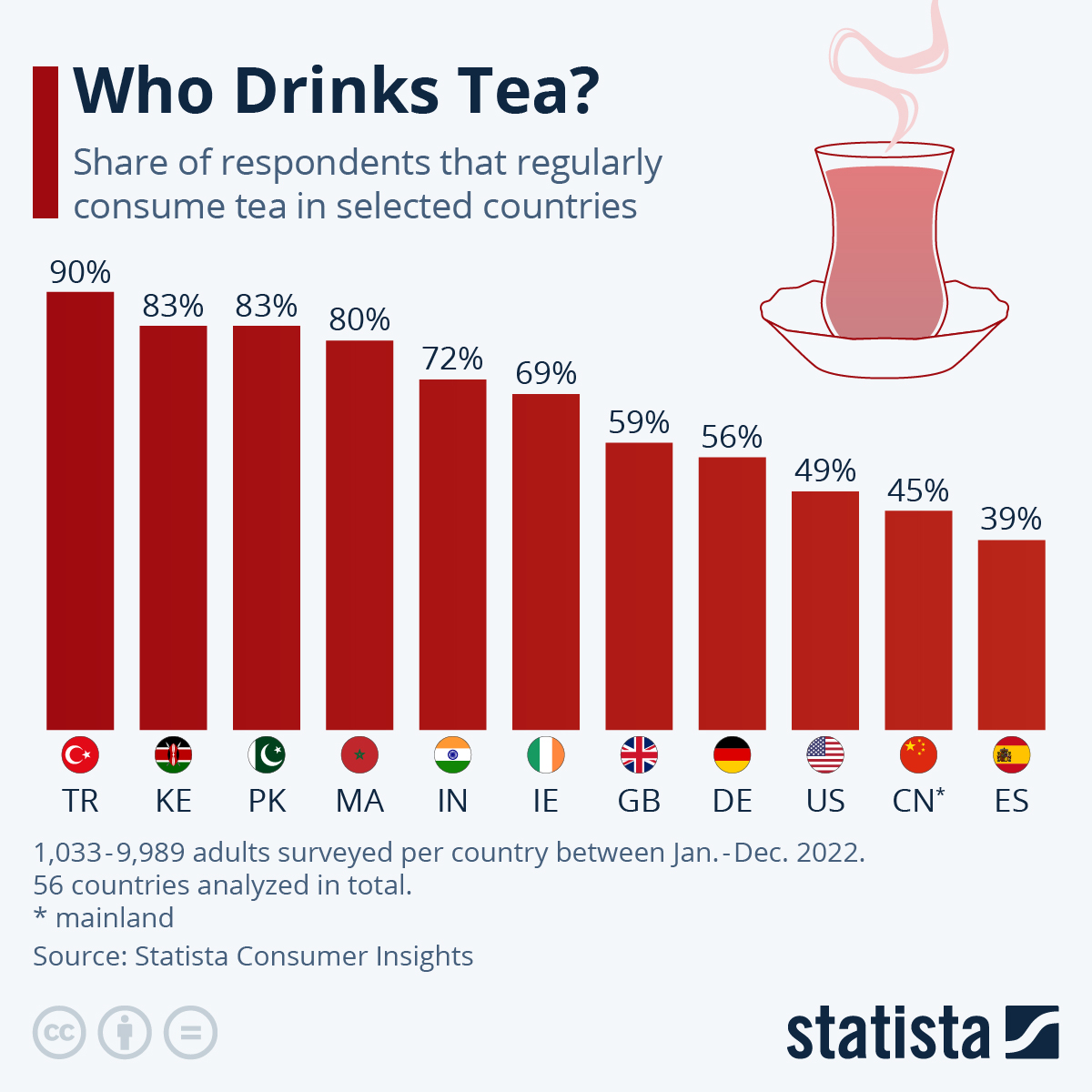Ancient Wisdom in Every Kulhar: Happy Wali Chai’s Ayurvedic Treasure
When we first discovered the art of brewing chai according to ancient Vedic wisdom at Happy Wali Chai, we knew we had found something profound. This isn’t just another story about tea—it’s about rediscovering the sacred connection between what we consume and how we feel, the 5,000-year-old science of Ayurveda!
At Happy Wali Chai, every morning begins with a ritual. As the first rays of sunlight filter through our windows, we select the freshest ingredients guided by knowledge passed down through countless generations. The scriptures of Ayurveda teach us that food is our first medicine, and at Happy Wali Chai, we honor this truth with every brew.
Our signature kulhar chai isn’t just a beverage; it’s a carefully formulated “rasayana” (rejuvenating elixir) designed according to ancient Ayurvedic principles:
The Wisdom of the Three Energies
The ancient rishis (sages) understood that we all embody three primary energies—Vata, Pitta, and Kapha. Our master chai wallahs prepare each blend with this wisdom in mind, carefully measuring each spice with reverence.
Dosha-Balancing Properties:
Vata Dosha (air & space): Our warming spices like cinnamon and ginger create the perfect sanctuary for those experiencing anxiety, restlessness, or cold hands and feet. The sweet, earthy notes in our chai stabilize and anchor Vata’s ethereal nature, soothe an overactive mind, and nurture proper digestion—bringing stability to the natural creators of the dosha world.
Pitta Dosha (fire & water): The sacred earthen kulhar works as nature’s perfect temperature regulator, gently cooling the tea to protect sensitive Pitta constitutions from excess heat. Our precisely balanced blend avoids overly pungent spices, creating a harmonious flavor that calms intensity, soothes inflammation, and promotes clear, balanced thinking—offering relief to the natural warriors of the doshas.
Kapha Dosha (earth & water): Our thoughtfully proportioned cardamom, black pepper, and cloves create a gentle metabolic fire that melts away stagnation and heaviness. These warming, stimulating spices awaken sluggish digestion, enhance respiratory function, and elevate mood—providing perfect motivation for the natural nurturers of the dosha family.
Ayurvedic Digestive Science (Agni):
The complementary salty papri we serve isn’t just a snack—it’s ancient wisdom at work! According to Ayurveda, the combination of “madhura” (sweet) tea with “lavana” (salty) papri creates perfect “samyoga” (food combining), stimulating your digestive fire without creating “ama” (toxic buildup).
When a guest recently complained of gastric discomfort from drinking milk tea elsewhere, we shared this wisdom from the Charaka Samhita, one of our oldest Ayurvedic texts: “Foods properly combined support the digestive fire; those improperly combined create toxins.” The papri isn’t just delicious—it’s essential medicine.
The Healing Power of Earth:
Our commitment to serving chai in traditional kulhars connects us to “prithvi” (earth element). Modern science may now confirm what our ancestors always knew—that clay vessels impart beneficial minerals and naturally regulate temperature, which plastic or metal cups simply cannot provide.
As we often tell our customers, “The container shapes the experience as much as what it contains.” In the Vedic understanding, the medium is indeed part of the message.
Ritucharya Benefits (Seasonal Balance):
Our special blend adapts naturally to every season, making it a true “sarva-dosha” remedy—beneficial in summer heat, monsoon dampness, and winter cold alike.
Just as the sages adjusted their practices according to nature’s rhythms, our warming spices increase during the cool seasons and our cooling ingredients during the warm months.
Every cup of Happy Wali Chai carries this timeless wisdom—a perfect balance for every season, every constitution, and every moment.


